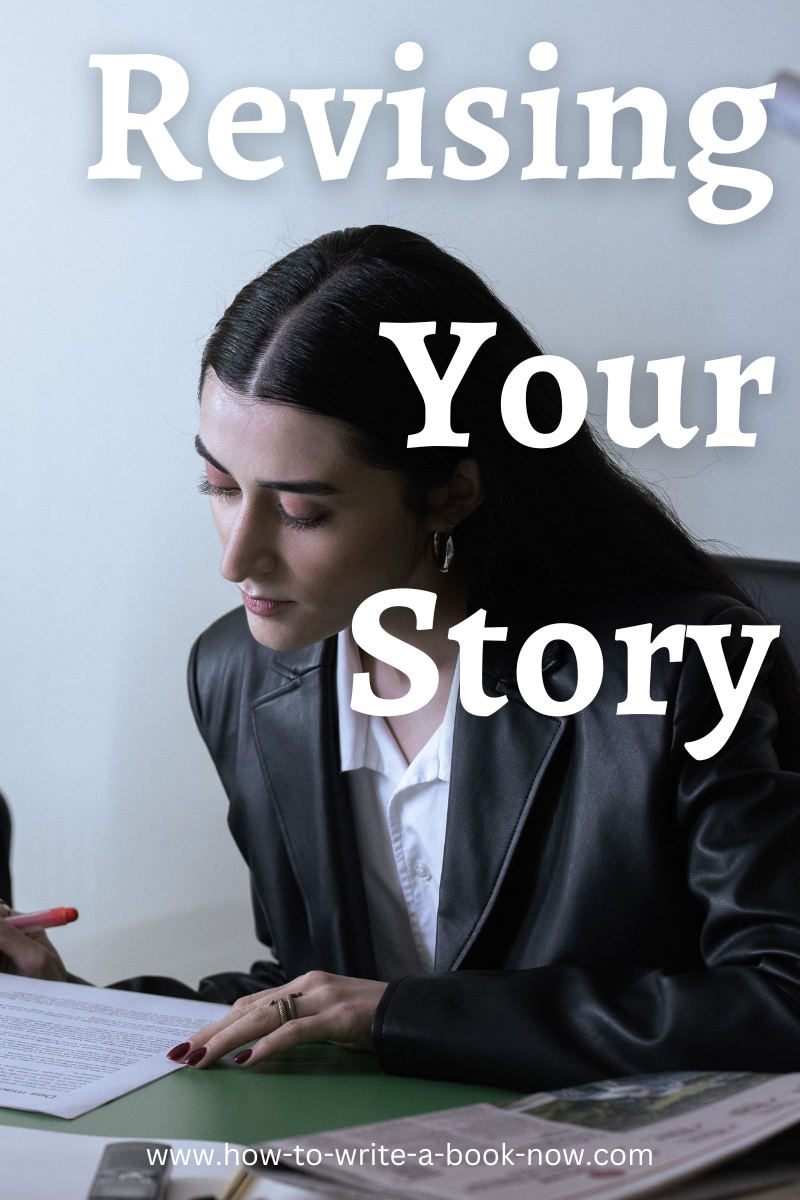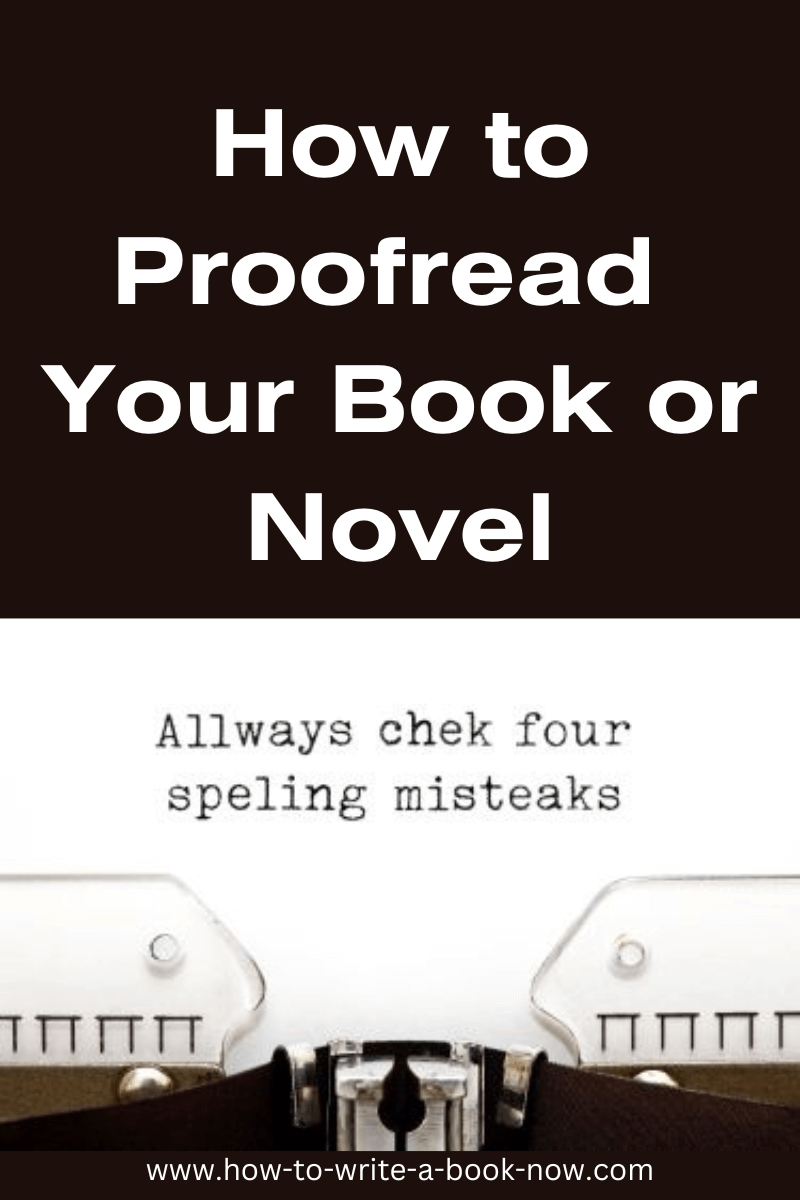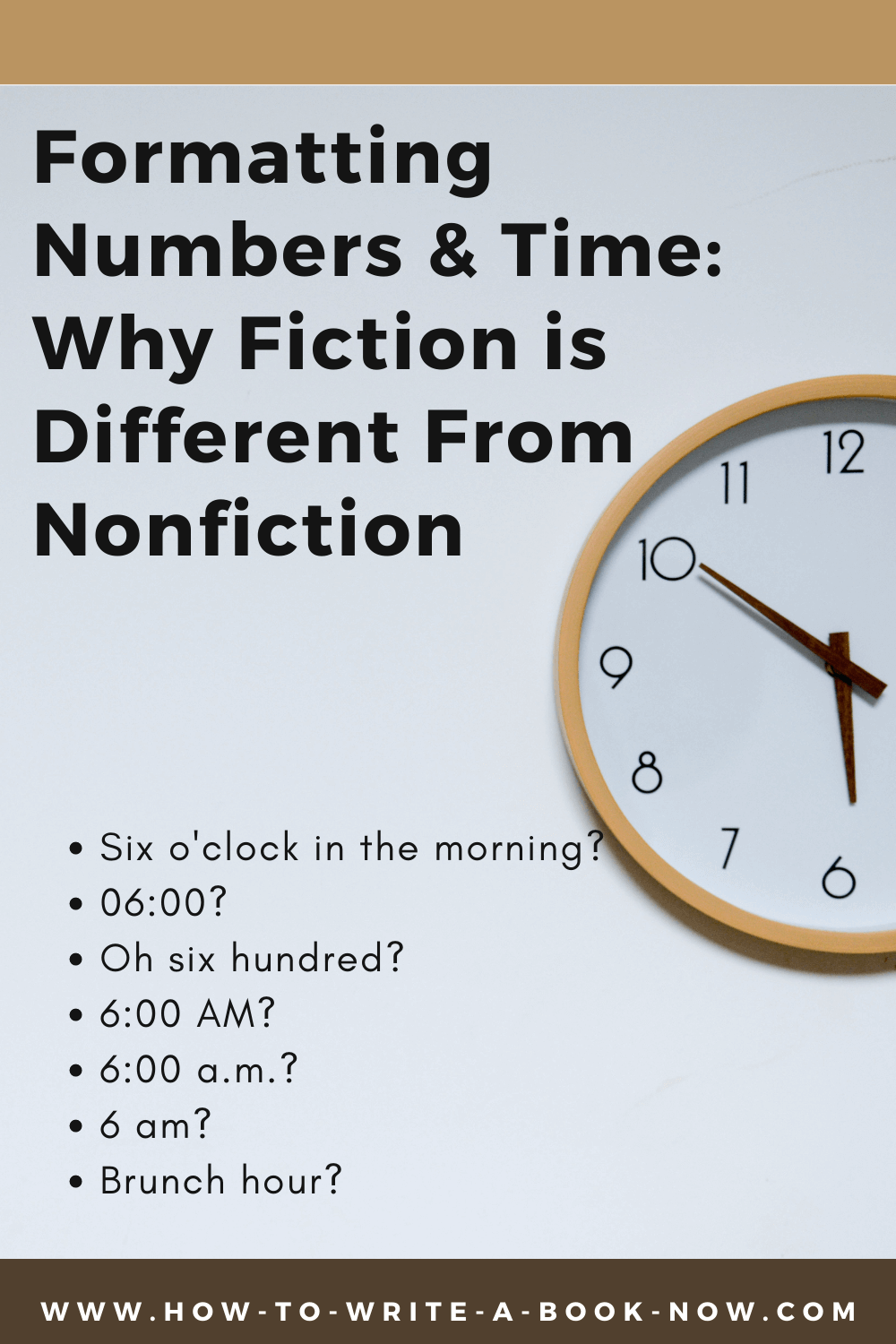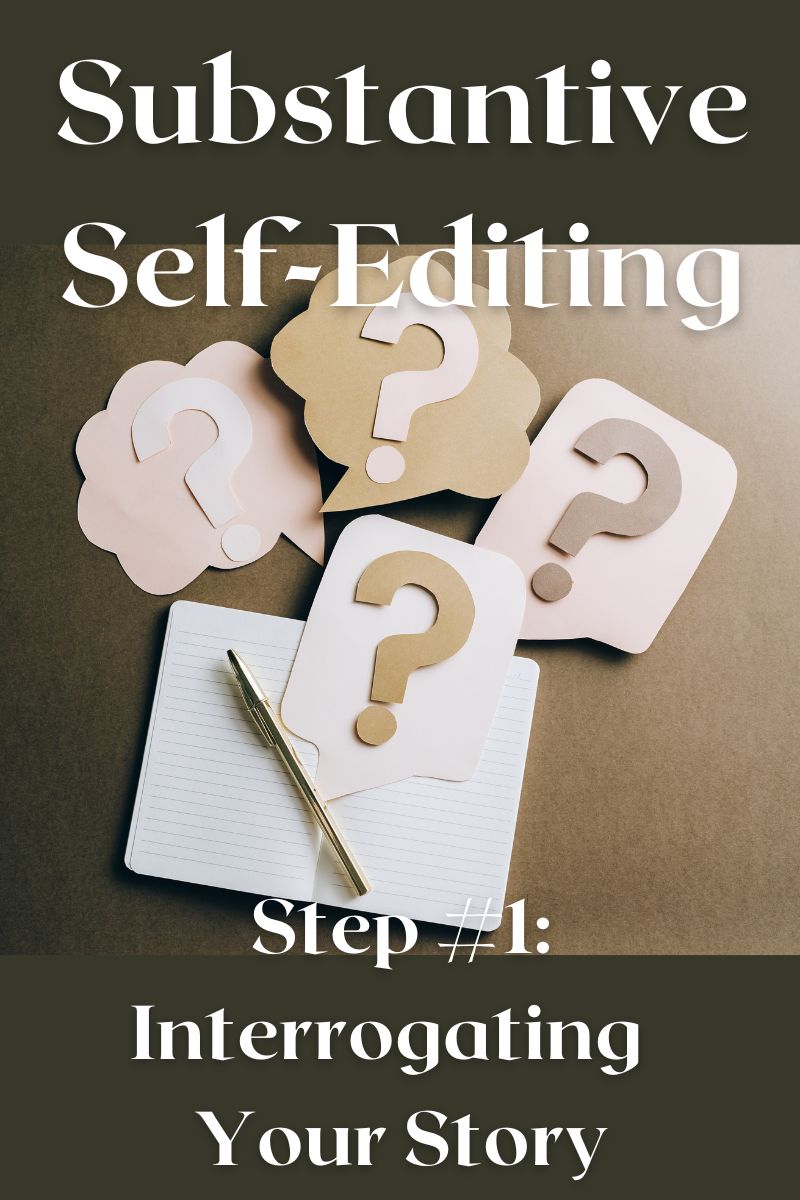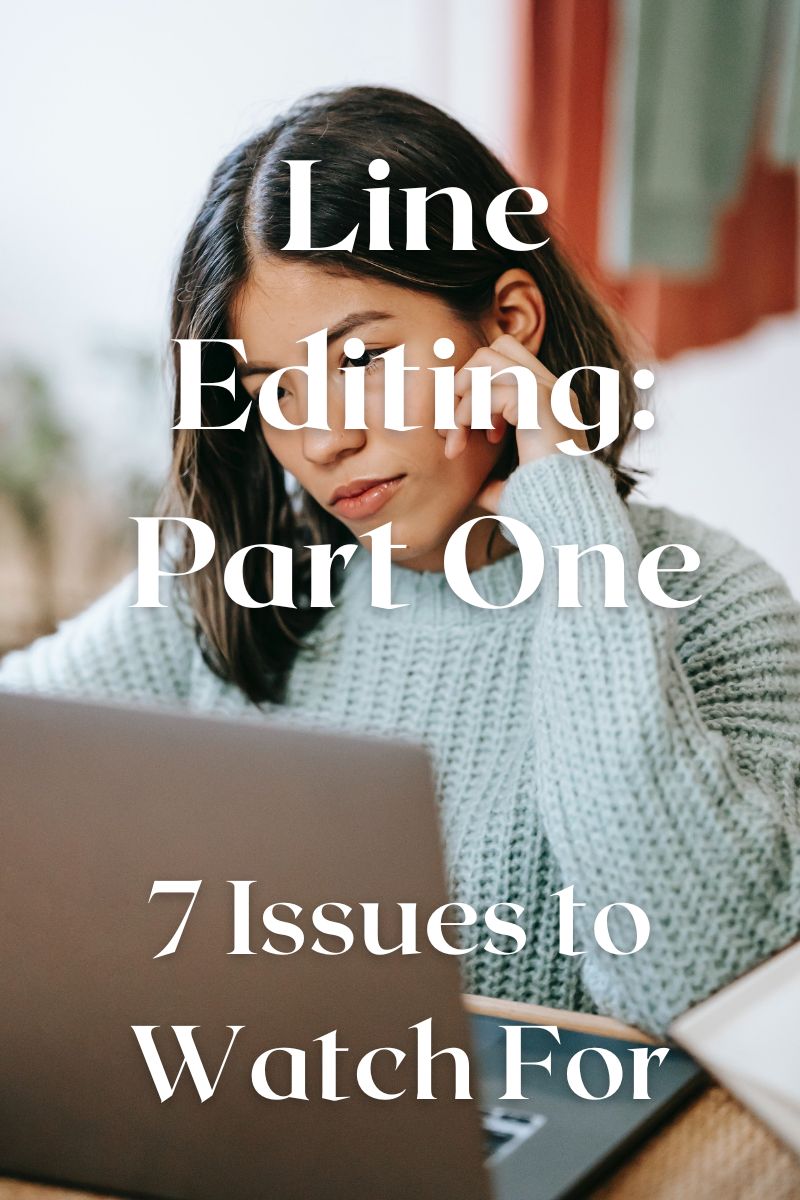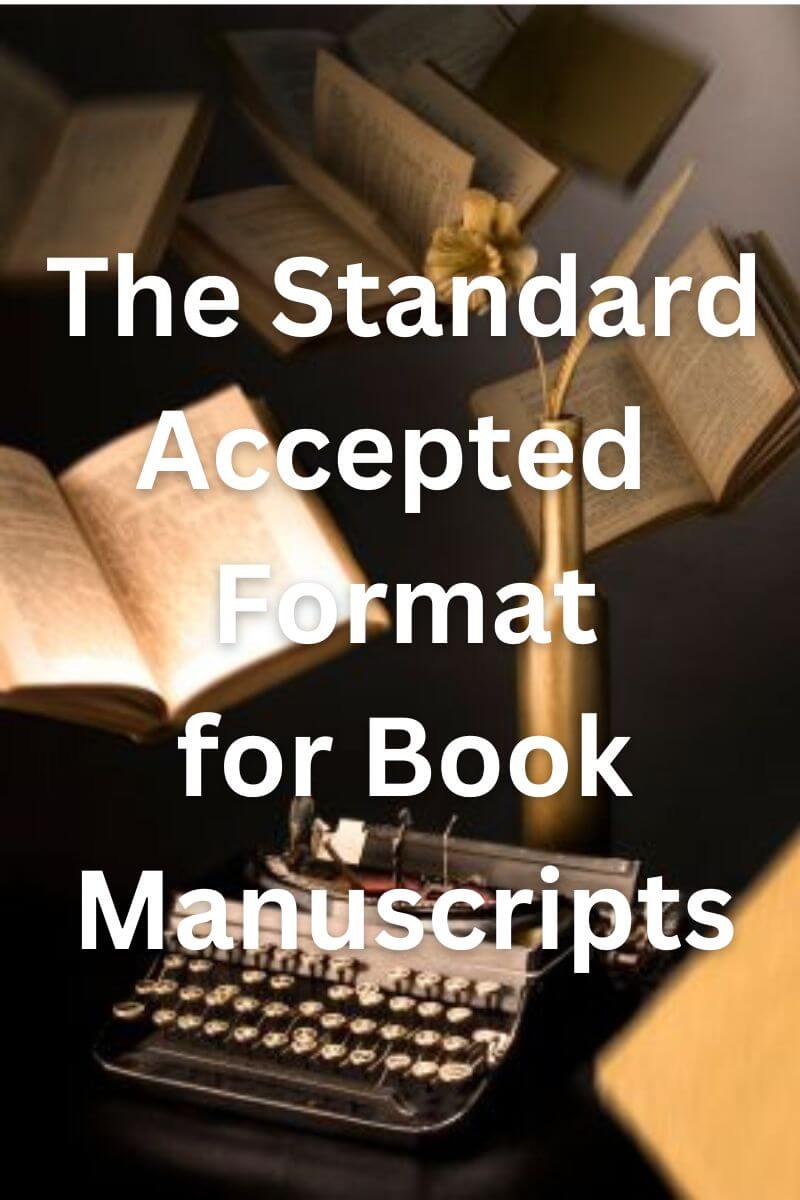Preparing to Revise a Story
By Glen C. Strathy
When you revise a story you have written, you face two distinct
psychological challenges that feel a little contradictory and must be overcome in
different ways before the actual revision process can begin. The challenges are...
1. Your unfamiliarity with the story.
2. Your familiarity with the story.
Both of these factors make it difficult for you to see the story clearly, and see where it can and should be improved. Let me explain...
Overcoming Your Unfamiliarity with a Story
If you are a pantser, you may not have done much planning before you sat down to write the story. The overall concept of what the story is about may have only emerged during the writing process, and it may not be very clear in your own mind. In order to revise a story effectively, you may first need to spend some time figuring out what your story is really about, what you are trying to say. When you know what story you want to tell, you can recognize parts that may need to be cut, added, or changed in order to tell the story better.
If you are a plotter, you may have done a lot of planning before you wrote the first draft of your story. So you likely began the writing process with a pretty clear sense of the story you were trying to write.
However, sometimes stories take on a life of their own during the writing process. New ideas will continue to come to you as you write, and the story you ended up writing may have been quite different from the one you intended to write. The plot may have gone in a new direction. The characters' personalities may have evolved. Even the prose style may have changed. You may find that the beginning and ending do not align well. Maybe the new direction you took led to a better story, or maybe the original intention was better.
Sometimes with a longer story, such as a novel, by the time you finish writing the end you may have forgotten many details from the beginning.
Either way, before you revise a story, you should refamiliarize yourself with the overall concept behind it -- whether that is your original concept or a new one that emerged later. Again, having this concept fresh and clear in your mind will help you realize if there are aspects of the story that do not fit and need to be removed or modified to strengthen the story. It will also help you spot plot holes or other places in the story where something needs to be added to improve the execution of the overall concept.
Before you revise a story, the best way to get clear about your intent is best to take an active approach. So here are a few ways to do this...
1. Write a brief summary of what the external story is about.
Every story is about a change. So what is the overall change that happens in your story? What happens externally in the story world? How do things change from X to Y? How do the characters or the world end up in a different place at the end of the story?
Don't make this lengthy. One or two sentences is best.
2. Write a brief summary of your main character's internal journey.
In the course of your story, does your main character learn something, make a new decision, or come to a realization? How do they go from A to B in terms of who they are as a person? Try to summarize this in a sentence or two. When you revise a story, you will look at how well the main character's inner journey unfolds as the overall plot proceeds.
Of course, some main characters don't change. Some face challenges that force them to double-down on their initial beliefs/approaches/attitudes. But a journey in which a character is pressured and tested and reaffirms their initial approach still is a journey.
Also, if you have multiple point-of-view characters, you may want to give some of them an inner journey. You may not need to do this for a POV character who only appears briefly, but if the reader is going to spend a lot of time in the head of a secondary character, developing their arc can make them more interesting.
3. Briefly summarize any major relationship arcs.
Relationships can also have their own arc in a story. As with the other arcs, you want a clear sense of how a major relationship develops over the course of the story. So for each of these, ask yourself how it begins. How is it tested? How does it stand in the end of the story compared to the beginning? Again, try to summarize this in just a couple of sentences.
4. What thematic messages does your story deliver?
You may or may not have given much thought to theme, but when you revise a story you may want to make sure it does not accidentally deliver a message you don't intend. So ask yourself what values the story expresses. What messages will a reader is likely to be left with at the end?
5. Write a brief synopsis of your story (or perhaps revise the one you started with).
If you wrote a brief outline before you started writing, you may want to revisit it, to see how closely you followed it. You may want to update your outline, if your ideas have evolved.
I've written a couple of articles elsewhere on how to write a synopsis or an outline of a story in order to make sure all the necessary dramatic elements are present. You may want to refer to these. Having a clear synopsis will make the process of revising a story much easier.
Once you have refamiliarized yourself with your story, you are ready to tackle the next issue...
Overcoming Your Familiarity with a Story
You wrote the story, so you know what the words on the page (or in the document) say. Or at least you think you do.
You see, your brain is often a very lazy organ. When you reread a story you wrote, your brain thinks it knows the story. And because it knows the story, it feels no need to pay close attention to the words on the page.
So, rather than pay close attention to the story as you reread it, your brain will tend to skim, relying on its memory or beliefs about the story. You will see the story you think is there, rather than what's actually there.
In other words, the familiarity you have with your story makes you less likely to see the actual words on the page. You may not notice mistakes or awkward phrasing because your brain imagines a better version and assumes that's what's there.
A related problem is that you may have left some crucial details out of your story, but you don't realize they are missing because your brain knows the story you meant to write and it just assumes all the details that should be there are there.
In order to revise a story properly, you need to be able to trick your brain into thinking it's not familiar with the story, or at least not the version of it that's in front of you. You need to be able to look at the story as if you have never seen it before. When your brain thinks you are reading something unfamiliar, it is more likely to pay close attention to what's actually on the page. You will spot the mistakes, omissions, and parts that need improving much more easily.
Fortunately, you can use a number of methods to make the story look unfamiliar. I'll start with the ones that work best for most people.
1. Don't revise a story right away. Give yourself time to become unfamiliar with it.
Don't revise a story immediately after finishing your first draft. Put it away for a week or two. Go work on other projects or spend time on other aspects of your life. Give yourself a chance to forget exactly what you wrote.
After you've put your attention on other matters for a while, you can revise a story with fresh eyes. Your brain will know it has forgotten many details of the manuscript, so it will automatically pay more attention to the words on the page because it needs to refamiliarize itself. You will be more likely to see the story for what it is -- mistakes and all.
Similarly, don't start work on a third draft of a story immediately after finishing your second draft. Always give yourself some time away from a story before you start a new round of revision.
Taking time away from a story is usually the best way to counter the problem of familiarity. But if you can't do this (perhaps because of deadlines) or if this method is not enough by itself, here are some other methods worth trying...
2. If you wrote your story onscreen, print off a hard hard copy to use when revising.
Changing the medium also helps convince your brain it is unfamiliar with your story. So if you wrote the story on a computer using a word processor, try printing a hard copy of the story and using that for your self-editing or revision. Use a pen or pencil to make notes on the manuscript about what you would like to change or improve.
If you wrote the first draft of your story using a pen and notebook, try typing it into a word processor document. You will have to pay close attention to the words in order to do this, so as you type you will likely spot many errors. You may find yourself making small improvements to the phrasing as you type. You may find the story looks different on the screen than in your handwriting. Reading through the onscreen version will help you spot things you want to fix or improve.
3. Revise a story in a different place than where you wrote it.
If you usually write your first drafts sitting at a desk in your home office, try moving to a different location to revise a story. Perhaps you can take your laptop or a hard copy to a library, cafe, or public park and work there. For some writers, it is enough to revise a story in a different room of their house than the one they normally write in. Other writers find it easier to stay focused in a public space. A simple change of venue can disrupt your routine enough to make you look at your story from a different perspective.
4. Change a manuscript's font or paper.
With a word processor, you can easily change the font or the size of the letters for an entire story with a couple of keystrokes (select all the text, then pick a new font or font size). Changing the font before you revise a story can make the document look unfamiliar enough for your brain to pay closer attention. Increasing the font size can make typographic errors more obvious.
Of course, your final draft should be in either Courier or Times New Roman font, and the size should be 12pt. But you can change to a different font, do your revisions, and then change the font back once you're done.
In a similar vein, you might try printing a hard copy of your story on coloured paper. Stick to lighter colours, as they are easier to read. Again, it's all about tricking your brain into thinking it is seeing something unfamiliar.
5. Revise a story backwards.
Okay, this one is a little weird, because it disrupts your sense of how the story unfolds sequentially. However, it can help you look at how well each part of your story stands on its own merits. It also encourages you to pay close attention to each sentence, since you will approach sentences with a weaker awareness of their context.
To use this technique, you don't actually read each sentence backwards. You just start with the last part of the story and work your way forward. With a novel, you might start by reviewing the last chapter, then the second last, etc. With a short story, you might start with the fourth act (assuming you have a 4-act structure), then the third act, etc. Or you might start with the last paragraph and work backwards one paragraph at a time.
Okay, once you have dealt with the problems of familiarity and unfamiliarity, it's time to move on to the actual steps you will take to revise a story, starting with the subject of the next article, Substantive Self-Editing.


